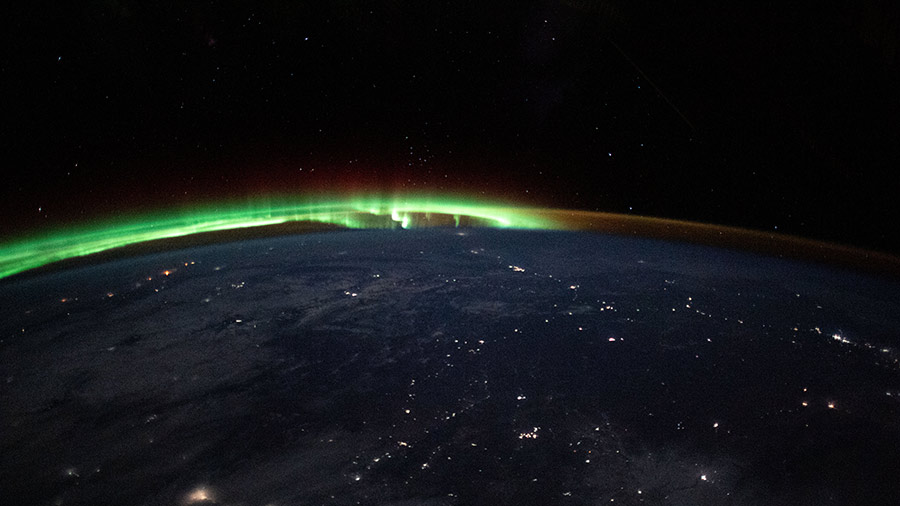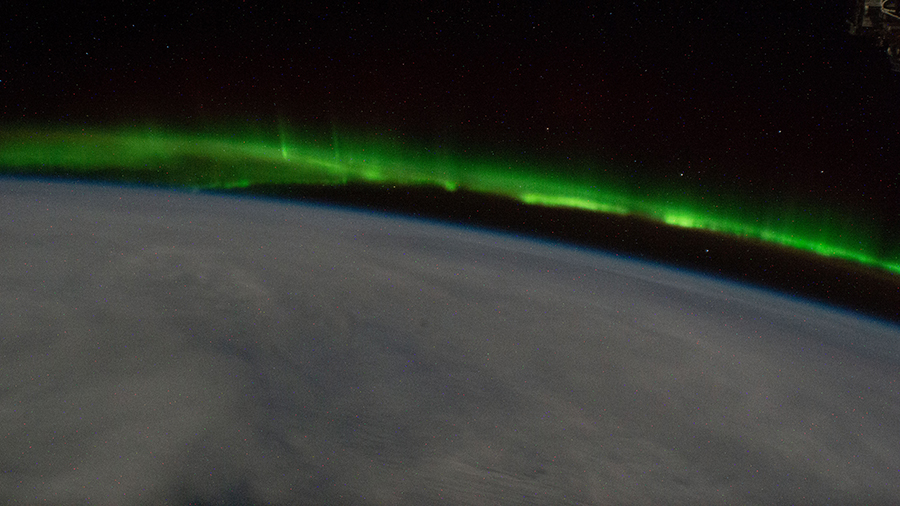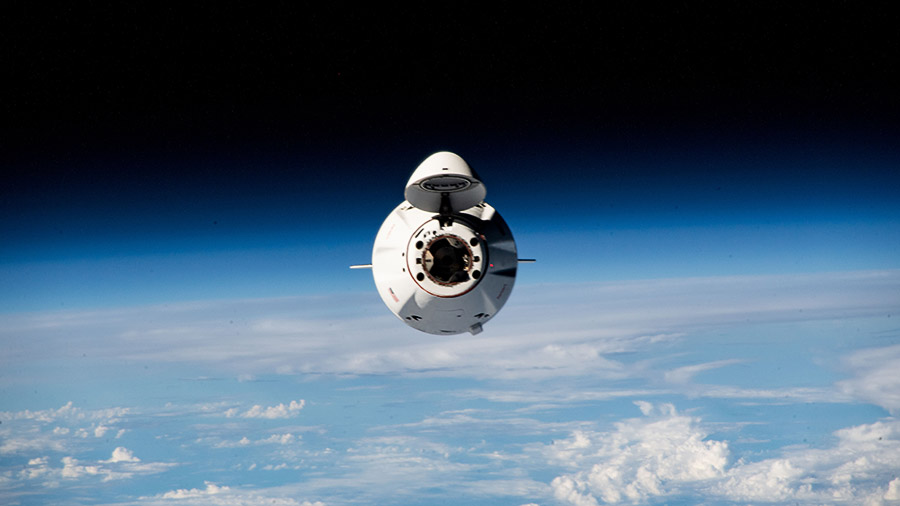
Ultra-cold space physics and immunity research were the top science objectives aboard the International Space Station on Monday. The seven-member Expedition 70 crew is also stepping up its cargo operations this week while continuing to maintain lab systems.
The coldest place in the universe may just be the orbital outpost’s Cold Atom Lab, a quantum research device that chills atoms to near absolute zero, lower than the average temperature of space. NASA Flight Engineer Jasmin Moghbeli configured components and installed hardware for a controller test of the facility that provides unique observations of atomic wave functions seen at extremely low temperatures not possible on Earth.
Moghbeli also assisted Commander Andreas Mogensen inside the Columbus laboratory module setting up the Kubik incubator first thing Monday morning. Next, Mogensen from ESA (European Space Agency) collected and processed his blood and saliva samples for the Immunity Assay biology study that is exploring cellular immunity in space. Afterward, he placed a set of samples inside a science freezer and placed another set inside Kubik for later analysis.
Astronauts Loral O’Hara and Satoshi Furukawa focused mainly on maintenance throughout Monday. O’Hara spent the afternoon inspecting the COLBERT treadmill in the Tranquility module. She photographed and cleaned components, checked pin alignment and treadmill slats, and greased axles. Furukawa from JAXA (Japan Aerospace Exploration Agency) worked in the Kibo laboratory module servicing gear that cools and rejects heat from equipment to ensure a safe operating environment aboard the space station.
Furukawa later partnered with Mogensen and Moghbeli loading cargo inside the SpaceX Dragon spacecraft docked to the Harmony module’s forward port. The Dragon cargo spacecraft arrived on Nov. 11 carrying about 6,500 pounds of gear including advanced science hardware to study laser communications and atmospheric gravity waves. Dragon is due to return to Earth in mid-December packed with hardware and completed science experiments for retrieval and analysis.
The Roscosmos Progress 84 resupply ship will end its mission when it departs on Wednesday after six months docked to the Poisk module. Flight Engineer Nikolai Chub packed trash and discarded gear inside the departing Progress that will reenter the atmosphere above the south Pacific Ocean for a fiery, but safe disposal. It will be replaced when the Progress 86, packed with nearly 5,600 pounds of cargo, launches at 4:25 a.m. EDT on Friday and automatically docks to Poisk at 6:14 a.m. on Sunday.
Veteran cosmonaut Oleg Kononenko started his day pointing a specialized camera toward Earth to gain atmospheric and climatic data. Next, he studied how fluid systems are affected by spaceflight conditions such as electrical and magnetic fields. First-time space flyer Konstantin Borisov began Monday servicing a variety of life support and communications gear. During the afternoon, he collected air samples throughout the station’s Roscosmos modules for chemical analysis.
Learn more about station activities by following the space station blog, @space_station and @ISS_Research on X, as well as the ISS Facebook and ISS Instagram accounts.
Get weekly video highlights at: https://roundupreads.jsc.nasa.gov/videoupdate/
Get the latest from NASA delivered every week. Subscribe here: www.nasa.gov/subscribe



